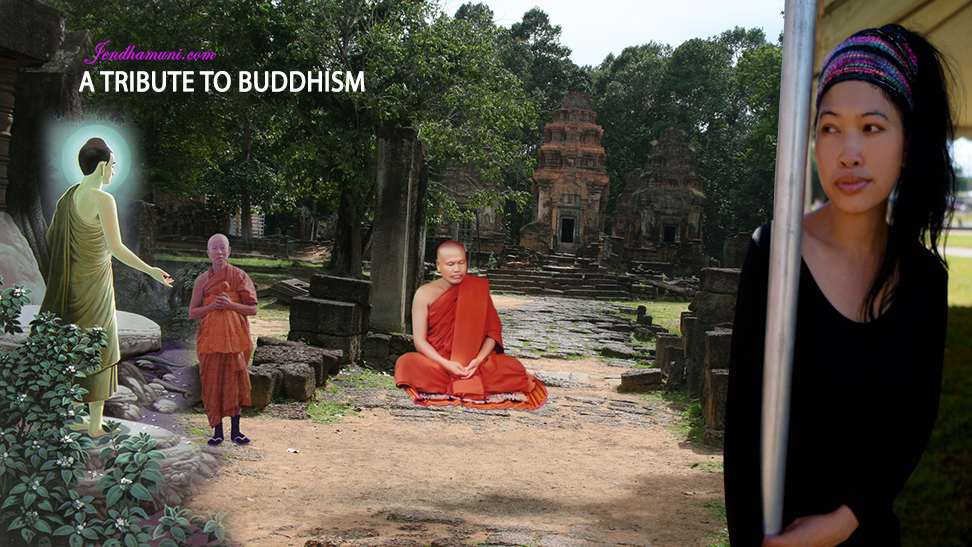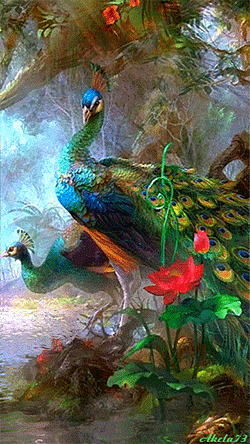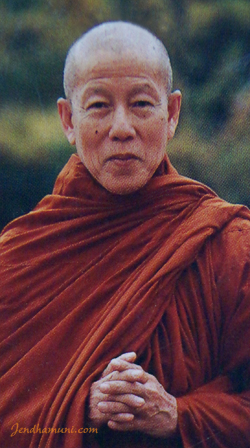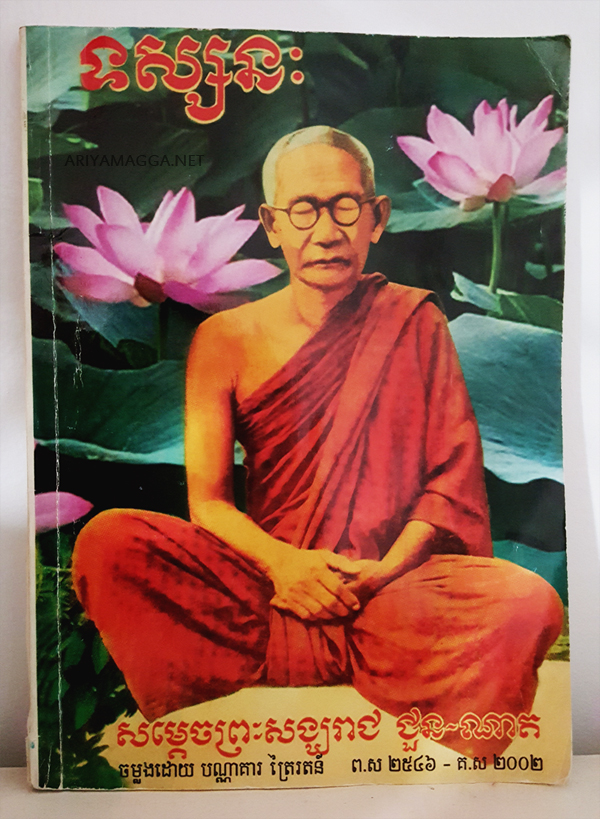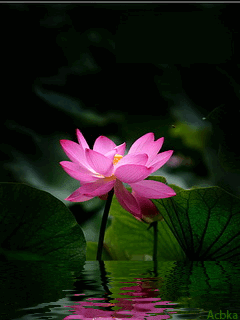The Story of a Samanera from Kosambi
Verse 96: An arahat is calm in his mind, calm in his speech, and also in his deed; truly knowing the Dhamma, such an arahat is free from moral defilements and is unpurturbed by the ups and downs of life.
The Story of a Samanera from Kosambi
While residing at the Jetavana monastery, the Buddha uttered Verse (96) of this book, with reference to a samanera, a pupil of Thera Tissa from Kosambi.
Once, a seven year old boy was made a samanera at the request of his father. Before his head was shaved the boy was given a subject of meditation. While he was being shaved, the boy had his mind fixed steadfastly on the object of meditation; as a result, he attained arahatship as soon as they finished shaving his head.
After some time, Thera Tissa, accompanied by the samanera, set out for Savatthi to pay homage to the Buddha. On the way, they spent one night in a village monastery. The thera fell asleep, but the young samanera sat up the whole night beside the bed of the old thera. Early in the morning, the old thera thought it was time to wake up the young samanera. So he roused up the samanera with a palm-leaf fan, and accidentally hit the eye of the samanera with the handle of the fan and damaged the eye. The samanera covered that eye with one hand and went about doing his duties of getting water for the thera to wash his face and clean his mouth, sweeping the floor of the monastery, etc. When the young samanera offered water with one hand to the thera, the thera chided him, and said that he should offer things with both hands. Only then, did the thera learn how the samanera lost his eye. At that instant, he realized that he had wronged a truly noble person. Feeling very sorry and humiliated, he made an apology to the samanera. But the samanera said that it was not the fault of the thera, nor his own fault, but that it was only the result of kamma, and so the thera was not to feel sad about it. But the thera could not get over the unfortunate incident.
Then they continued their journey to Savatthi and arrived at the Jetavana monastery where the Buddha was in residence. The thera then told the Buddha that the young samanera who came along with him was the most noble person he had ever met, and related all that had happened on their way. The Buddha listened to him, and replied, “My son, an arahat does not get angry with anyone he is restrained in his senses and is perfectly calm and serene.”
Then the Buddha spoke in verse as follows:
Verse 96: An arahat is calm in his mind, calm in his speech, and also in his deed; truly knowing the Dhamma, such an arahat is free from moral defilements and is unpurturbed by the ups and downs of life.
Dhammapada Verse 96
Kosambivasitissattherasamanera Vatthu
Santam tassa manam hoti
santa vaca ca kamma ca
sammadanna vimuttassa
upasantassa tadino.
Source: Tipitaka

